Kumano Kodo: A Life-Changing Trail Through Japan's Beauty

I was once barely interested in travel but my visit to Kumano Kodo—an ancient pilgrimage trail— in May 2010 completely changed my mind. My desire to work in a travel-related profession can be traced back to that unforgettable trail from Kumano Hongu Taisha in Wakayama.
Rediscovering the Charm of Travel on the Kumano Pilgrimage Trail
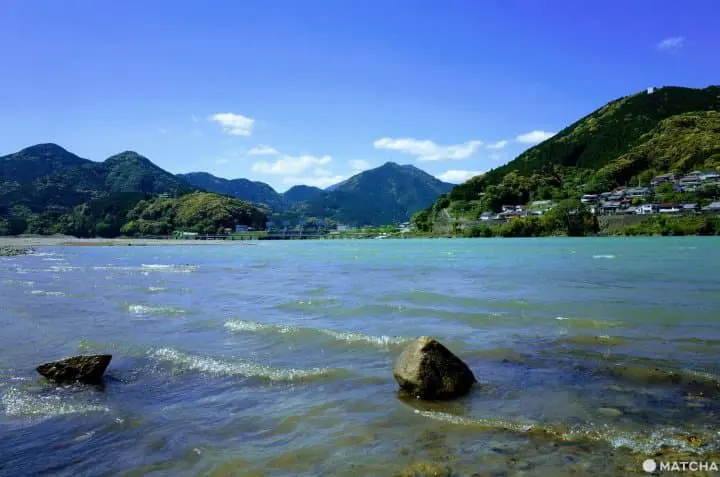
Kumano River. Taken during our writer's visit to the area in 2016.
I was once barely interested in traveling in Japan. On a study tour at the end of my student days, I traveled to the slums in India and the Philippines and was shocked by how incredibly different those places were from what I had experienced in Japan. This made me think that domestic travel wasn’t as exciting as venturing overseas.
However, what changed my mind completely was the Kumano Pilgrimage Trail in Wakayama. I visited the route during my first Golden Week (beginning of May) after securing a full-time job.
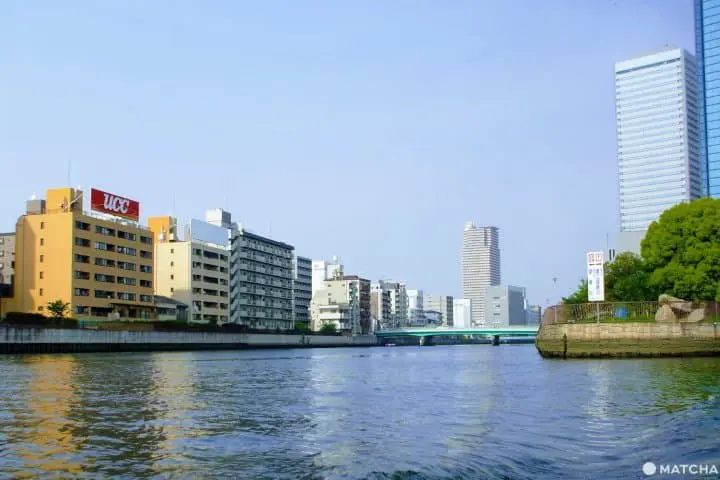
Osaka in 2010
After obtaining a master’s degree, I began working at a company in Osaka from April 2010. In the aftermath of the Lehman shock, I frantically searched for a job during the 2008 financial crisis. Things, however, weren’t going well at work, and I kept being scolded almost every day by my boss.
What made things even more difficult was that I was born and raised in eastern Japan. I didn’t have any friends in Osaka and this perpetuated my feelings of loneliness.
I really felt the need to recharge in a place that wasn’t Osaka. After thinking of an affordable place to enjoy a change in scenery, I set off for Kumano Kodo.
Kumano Kodo is a famous pilgrimage trail that has been visited by thousands of people since the ancient times. This sacred trail connects Ise Grand Shrine and Mount Koya. However, at the time, I had no clue of its historical background.
Day One: Taking the Kuroshio Train to Kumano Kodo
A visual reference to the scenery aboard the Kuroshio limited express train
There are multiple ways to access Kumano Kodo. I headed to JR Shingu Station on a direct train from Osaka for Kumano Kodo.
To access JR Shingu Station from JR Shin-Osaka Station, it takes four hours and 30 minutes on the limited express train Kuroshio (Japanese). You get to travel through picturesque spots like Shirahama and Kii-Katsuura (otherwise known as Nachi-Katsuura) along the way.
While gazing at the glittering sea, I began to realize that I was heading to a place far, far away from downtown Osaka.
Walking the Mountain Trail from Kumano Hongu Taisha Shrine
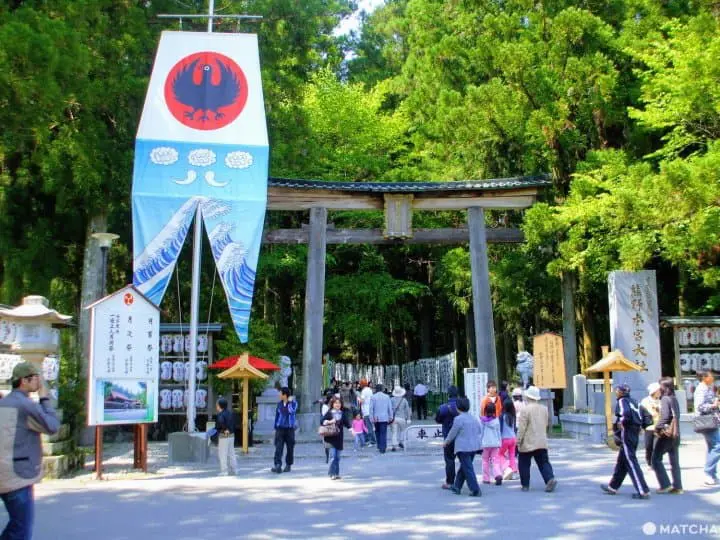
There are three famous shrines (Kumano Hongu Taisha, Kumano Nachi Taisha, and Kumano Hayatama Taisha) collectively called the Kumano Sanzan, or the Three Grand Shrines of Kumano. The first thing I did was head to Kumano Hongu Taisha.
Believed to have been erected in 33 BC, Kumano Hongu Taisha is surrounded by breathtaking mountains.
You'll feel a pleasant breeze along the trail after visiting the shrine. While admiring the trees glistening in the sunshine, I became interested in hiking a nearby mountain trail.
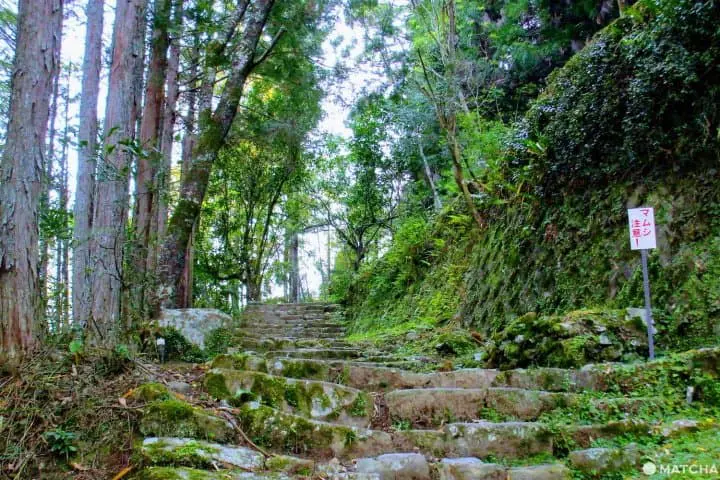
As I climbed up the stone steps, I started breathing heavily and noticed my sweat was dripping. Despite being out of shape, I was still able to endure the uphill hike. Then I suddenly realized something after walking for some time. “Oh, I’ve just been looking at my feet this entire time,” I told myself.
I often lower my eyes when hiking mountain trails. This becomes even more apparent when I'm tired. So I paused, took a deep breath, and surveyed the end of the trail. I gradually felt the beauty of the sky, the strength of the trees, and the pleasant breeze.
A sudden thought crossed my mind: “Don’t just think about the difficulties of the present. Raise your head and look ahead, and you might just see something beautiful unfolding before you.”
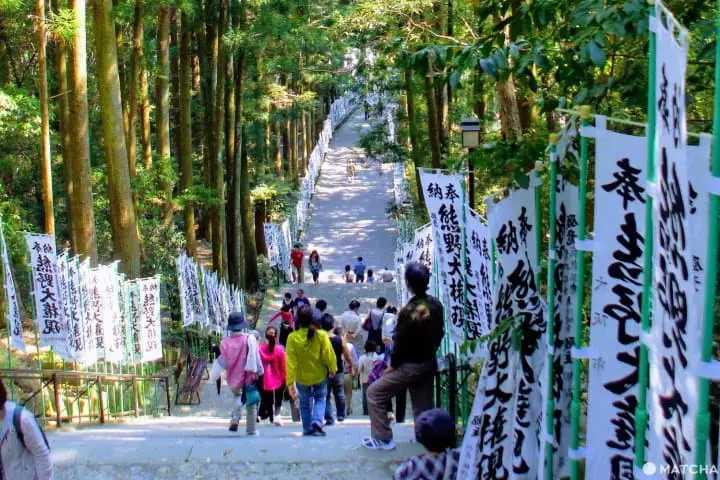
Kumano Hongu Taisha Shrine is the focal point of three pilgrimage routes, namely the Nakahechi, Kohechi, and Omine-Okugake Trail. The mountain trail that I hiked at that time was a part of Kumano Kodo.
Kumano Kodo is said to have been visited by many nobles since the Heian period (794–1185) when faith in Jodo Buddhism became widespread as the gate to the Pure Land.
The Pure Land refers to an "uncorrupted land where Buddha resides” in Buddhism. The concept of returning from the Pure Land also embodies being reborn from your previous incarnation.
Kumano Kodo is a historical sacred ground and it may have given me the different perspective I needed so badly at that point in my life.
A Quiet Moment Facing One's Self
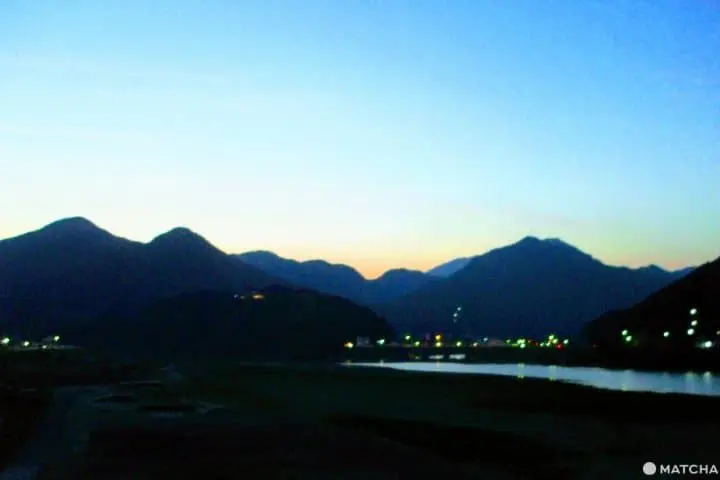
Kumano River in the evening flowing near Shingu Station
In the evening, I ate dinner at an okonomiyaki restaurant in front of the station. Afterward, I pondered what to do next. I spontaneously decided to visit Kumano Kodo the night before without preparing anything. Unfortunately, all the nearby hotels were full.
In the end, I spent the night at a bar that stayed open until late, then stopped by a nearby park. It was strange that, despite being tired, I didn’t feel too bad.
I was having a quiet moment facing myself alone. This was something I had forgotten to do for a long time.
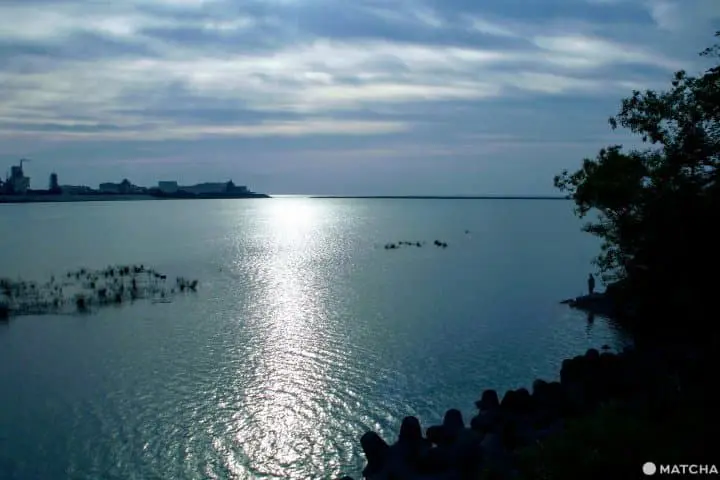
At daybreak, I went to the Kumano riverbank near JR Shingu Station. While watching the sky gradually brighten, I felt as if I had been reborn.
Day Two: Sightseeing at Kumano Nachi Taisha
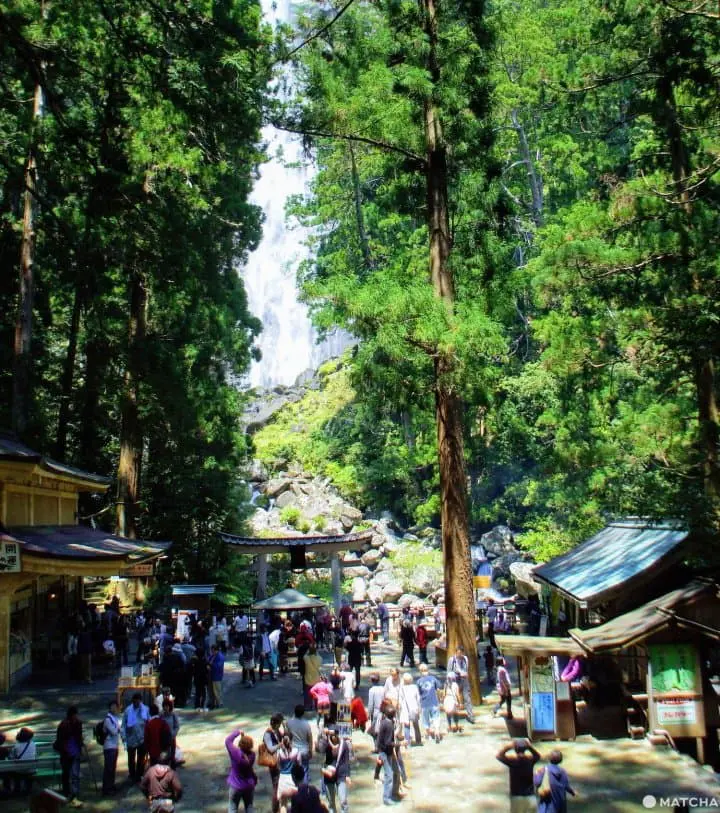
The next morning, I headed to Kumano Nachi Taisha.
Nachi Falls, located inside Nachi Taisha, is a 133-meter-tall cascade. It is considered one of Japan’s Three Great Waterfalls (the others are Kegon Falls in Nikko and Fukuroda Falls in Ibaraki). It is very picturesque place along with the red three-story pagoda of Nachisan Seigantoji Temple.
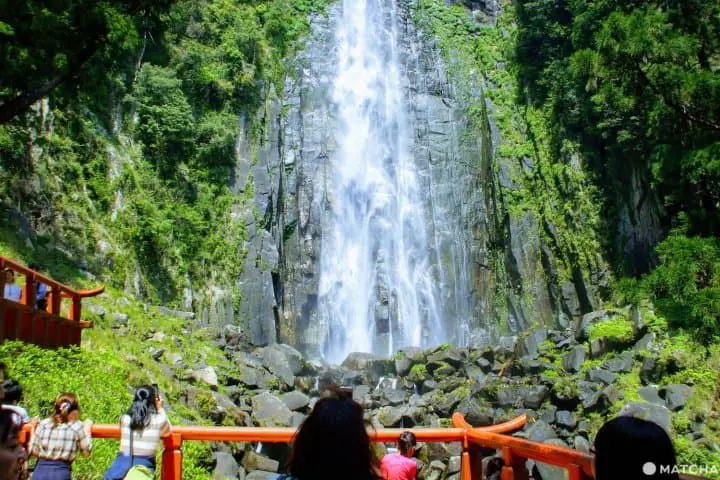
The grounds were bustling with groups of families, couples, and friends.
Each group appeared to be enjoying themselves while taking pictures and tasting local cuisine. I also enjoyed this time while sensing the excitement of Golden Week.
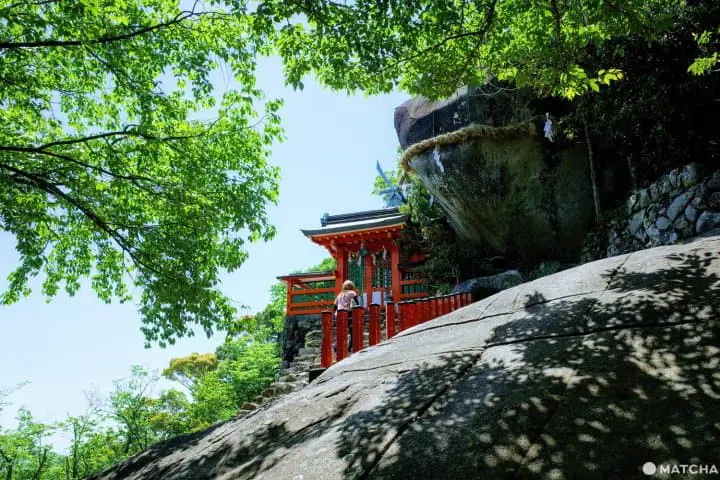
Gotobiki Rock, located in Kamikura Shrine next to Kumano Hayatama Taisha. Photo taken during the writer's visit in 2016.
Lastly, I walked 15 minutes from JR Shingu Station to Kumano Hayatama Taisha. After the main shrine, I visited a large Nagi tree on the precincts that was said to be more than 1,000 years old. Then I ventured to Gotobiki Rock, which was once revered during the period of nature worship.
I purchased a yatagarasu (sacred crow god)—the symbol of Kumano Sanzan—as a charm. The three-legged yatagarasu is said to be a messenger of the gods guiding humans. It’s also the emblem of the Japan Football Association.
“I hope good things will happen from now on,” I thought to myself. With the charm in hand, I visited the main shrine once more. It was already time to go home.
I boarded the limited express Kuroshio and soundly slept all the way to Osaka.
Revisiting a Place of Pilgrimage
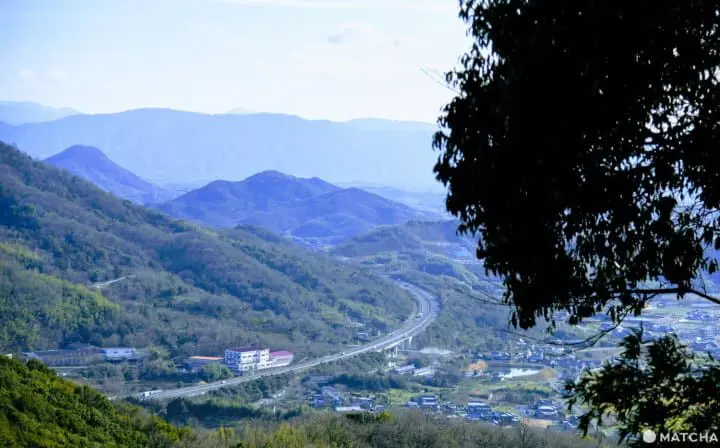
The view from Iyadaniji Temple, a pilgrimage temple in Mitoyo, Kagawa, where the writer currently resides.
It has been ten years since I first visited Kumano Kodo. Upon self-reflection, I feel like my life has changed for the better.
I've been living in Kagawa in the Shikoku region since April 2019. Shikoku is known as a site of pilgrimage for the ohenro pilgrims, travelers dressed in white garments visiting the 88 temples in Shikoku. I often see them passing by the area where I live.
Every time I see them, I wonder whether these people are experiencing the same feelings I had back then. People cannot change immediately by traveling once or twice. However, a simple trip may become that spark of inspiration that saves an individual.
Even today, Kumano Kodo still inspires the younger generation to contemplate life in a one-of-a-kind spiritual setting.










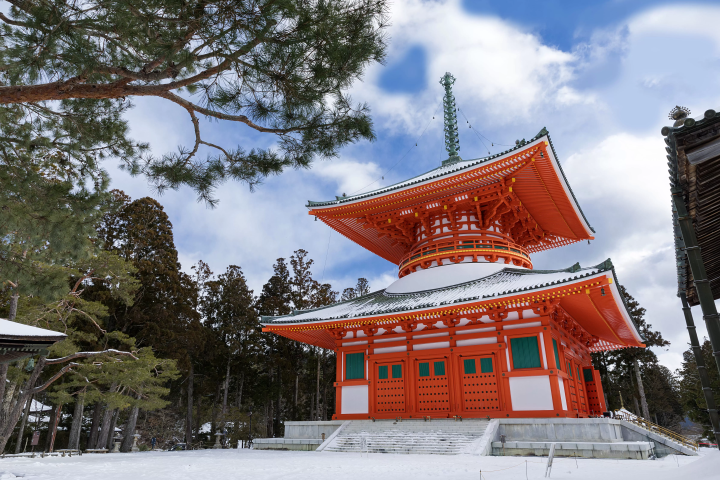
































![[Just a short distance from Nagoya] Popular Taiwanese YouTuber Alan tours Aichi, Tokoname!](https://resources.matcha-jp.com/resize/720x2000/2026/01/08-255181.webp)

